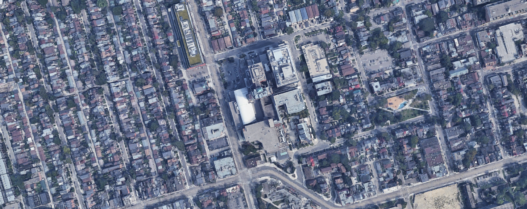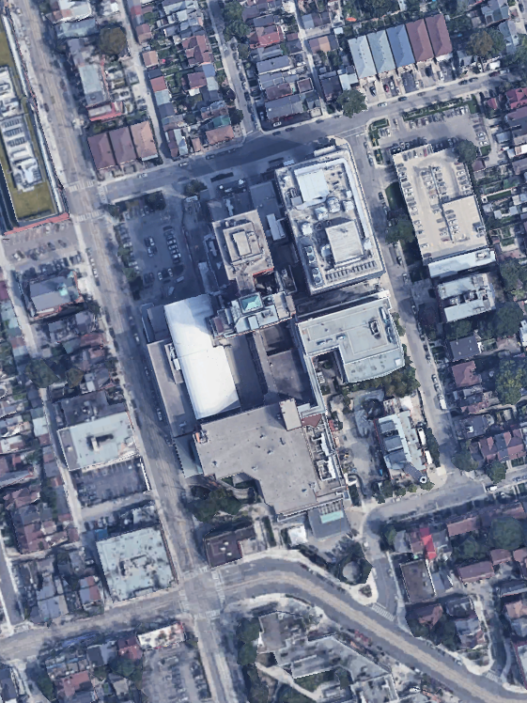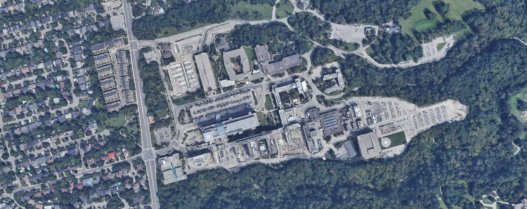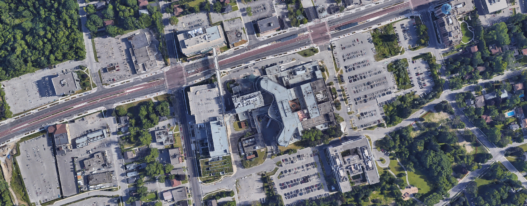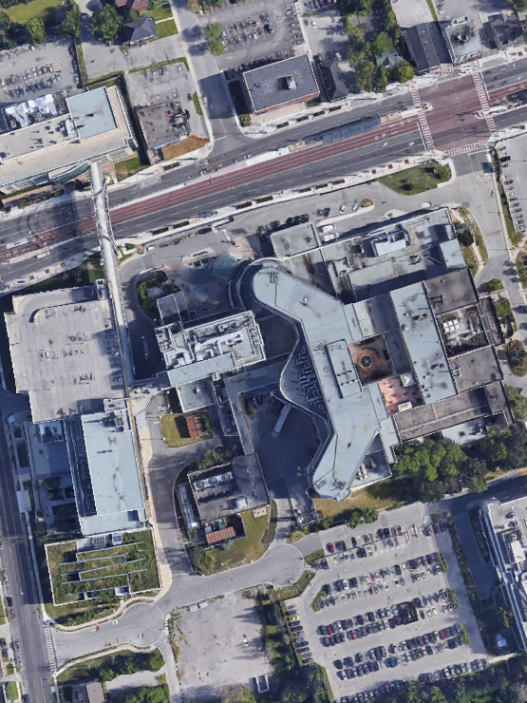Emergency department wait times can be long for Surrey residents. Long wait times can delay critical care, reduce patient satisfaction, and increase the risk of complications.
💡 Consider advice for protecting yourself from germs, preparing for long wait times, avoiding peak times, and finding alternative care.
⬇️ Scroll down to compare hospitals by expected wait time. Confirm the current expected wait time when you arrive at the hospital.
Wait time is defined as the time between (a) the earlier of triage time or registration time; and (b) the time of physician initial assessment in the emergency department.
Emergency department wait times are available on a quarterly basis for select Metro Vancouver municipalities that are served by Fraser Health Authority: Burnaby, Coquitlam, Delta, and Langley. Annual periodicity is available for all of British Columbia and Metro Vancouver.
Protect Yourself & Loved Ones
Crowded waiting rooms can increase your risk of exposure to diseases. Hospitals are often filled with patients with contagious conditions. Protect yourself as you wait for emergency care.
- 😷 Wear a mask. Protect yourself from respiratory illnesses. Masks are particularly effective during flu seasons.
- 🧴 Practice hand hygiene. Contact with shared surfaces, such as chairs, doorknobs, and check-in kiosks, can expose you to pathogens. Regularly wash your hands with soap and water. Use a hand sanitizer.
- 📱 Protect belongings. Germs can transfer to your belongings. Keep personal items, such as phones and bags, away from shared surfaces. Sanitize personal items with disinfecting wipes at home.
- 💪🏼 Boost your immune system. Build an extra layer of protection with supplements. Vitamin C, Vitamin D, and zinc can boost immune function to fight infections.
Long waits in the emergency department can be stressful. Learn how to make effective use of time in the waiting room.
Prepare for Long Wait Times
Long wait times are often unavoidable, especially during peak times or for non-urgent conditions. Prepare for an extended stay to be more comfortable and to reduce stress.
- 🧣 Bring comfort aids. Prolonged sitting can be uncomfortable, especially for older adults. Bring a neck pillow, lumbar cushion, and percussion massager.
- 🎮 Bring entertainment. Entertainment can reduce stress and boredom. Learn how to make effective use of time in the waiting room.
- 🎧 Wear noise-cancelling headphones. Hospitals can be noisy environments, which can increase stress. Wear noise-cancelling headphones to block out the commotion.
- 🍪 Pack healthy snacks. Hospitals may have limited food options. Bring snacks to sustain energy levels. Check with the doctor or nurse practitioner if fasting is required. Consider trail mix, whole-grain crackers or granola bars.
- 🧦 Dress comfortably. Hospitals can have variable temperatures. Dress in layers. Wear comfortable clothing.
Long waits in the emergency department can be stressful. Learn how to make effective use of time in the waiting room.
Plan Ahead for Peak Times
Planning your visit to the emergency department can significantly impact wait times, particularly if the medical issue is not urgent.
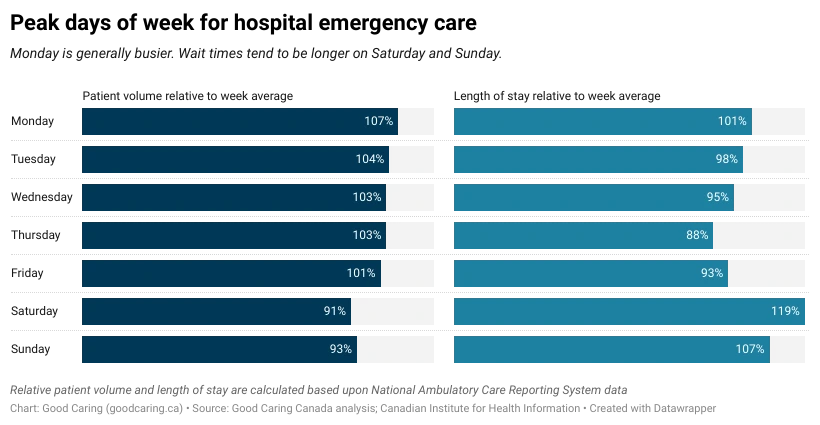
Mondays tend to be the busiest day of the week in hospital emergency departments. The accumulation of non-emergency cases over the weekend often result in a surge of patient volume on the first work day of the week.
If your condition allows for flexibility in seeking care, consider the day of the week for your visit. Avoid Mondays and weekends.
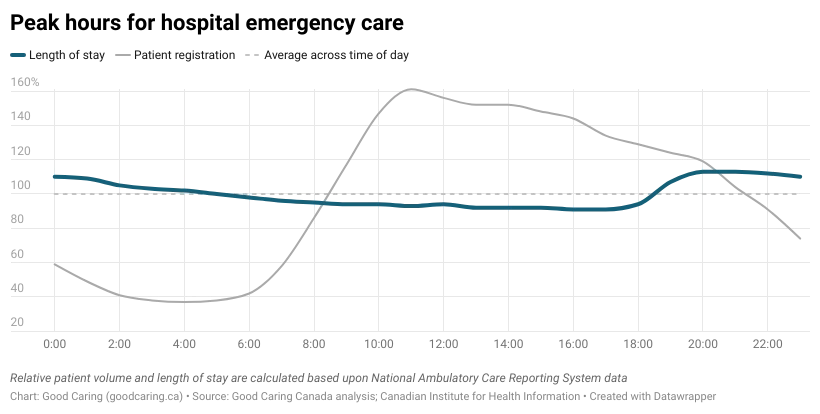
The time of day is unlikely to significantly reduce wait times, as hospitals align staff availability with patient volumes.
During standard business hours, from morning to early evening, full staffing is in place. However, higher patient volumes during these times can create bottlenecks. Even with more medical personnel, increased demand can still lead to longer waits as emergency departments handle the influx of patients.
Late-night and early-morning hours may seem ideal due to fewer patients. However, reduced staffing during these hours often negates the benefit of a smaller patient load. Patients may still face long waits due to limited healthcare providers.

Demand seasonality can affect wait times in emergency departments across Canada, particularly among younger patients. Young children, aged 0 to 5, see a rise in emergency visits during autumn, with a notable decline in the summer months. Children, aged 5 to 19, experience a peak in spring and a similar decrease in the summer.
Adults, aged 20 to 64, generally show consistent demand for emergency care throughout the year. Seniors over 65 also follow a steady pattern, with minimal seasonal fluctuations.
Find Emergency Care in Surrey
Surrey Memorial Hospital (13750 96 Avenue, Surrey) is located in Surrey. Nearly 80% of patients wait more than 10 hours to be admitted in the emergency department.
Emergency department doctors from Surrey Memorial Hospital have noted that the hospital is grappling with severe overcrowding and a lack of adequate physician staffing. With around 100,000 patient visits annually, the hospital consistently operates at or above full capacity, significantly hampering its ability to provide timely and dignified care.
The overcrowding issue is exacerbated during the fall and winter months due to flu outbreaks, leading to situations where patients are often treated in chairs rather than beds. The minor treatment areas are frequently blocked by admitted patients, compounding the issue by limiting space for treating less severe medical cases.
Peace Arch Hospital (15521 Russell Avenue, White Rock) is located on the dividing road between Surrey and White Rock. Nearly 80% of patients wait more than 10 hours to be admitted in the emergency department.
Consider Other Care Options
If medical conditions are not urgent, you can consider alternative care options:
- Family doctors serve as the primary point of contact for managing ongoing or non-urgent medical concerns. They provide comprehensive and personalized care, often maintaining detailed records of a patient’s medical history, which facilitates continuity of care and long-term management of health conditions.
- Walk-in clinics offer convenient medical services for minor injuries or illnesses without the requirement of an appointment.
- Urgent care centres provide medical attention for non-life-threatening conditions, such as minor fractures or severe flu symptoms. These centres typically offer faster service compared to emergency departments.
- Nurse practitioner-led clinics can provide primary care services for non-emergency health needs. These clinics are particularly valuable if family doctors are not available in the area.
Learn wait times for common medical procedures in British Columbia:










